FPS Games
Latest about FPS Games
-
-
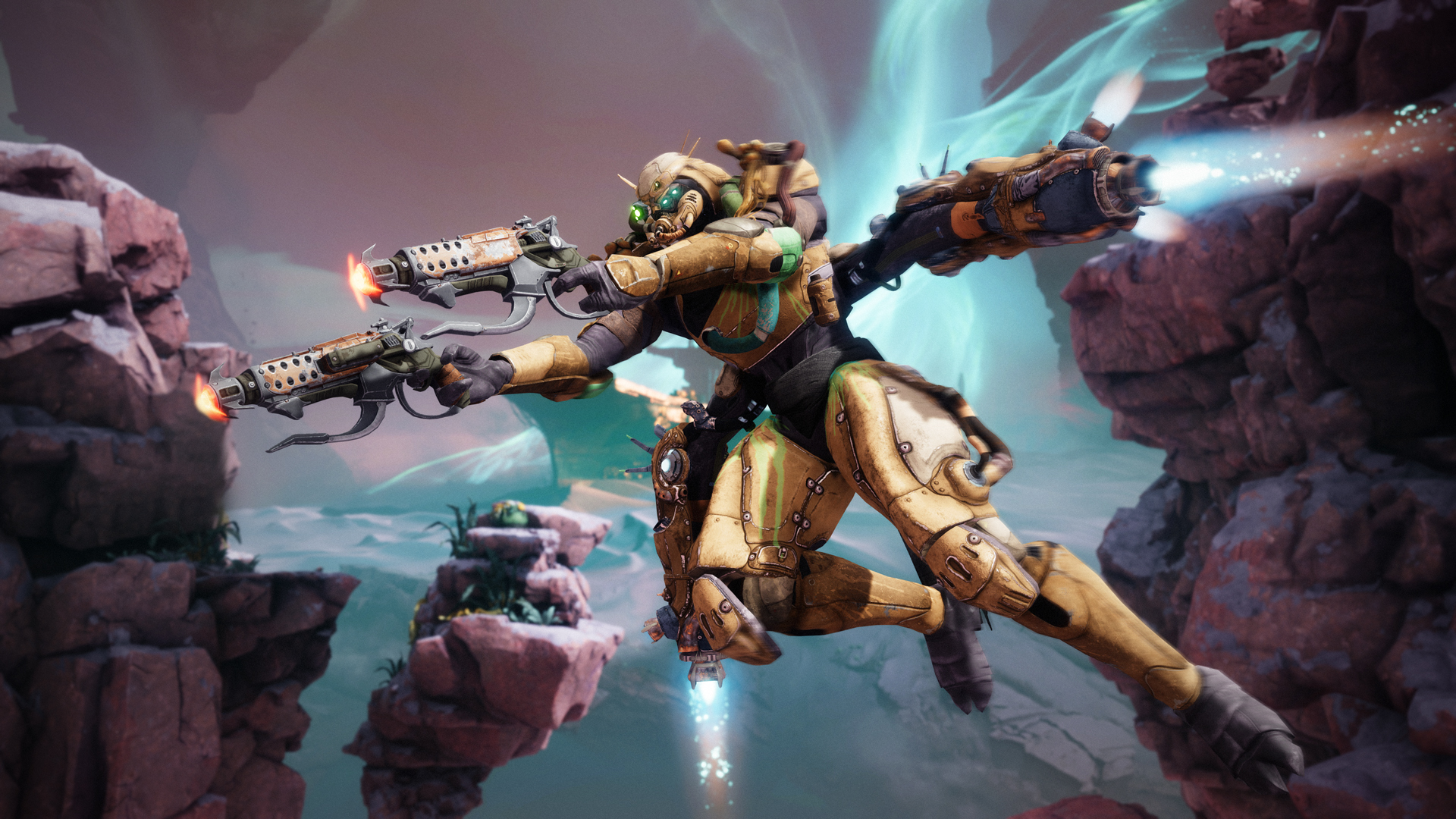 News
NewsBungie says "we never intend to ship 'stealth nerfs' in Destiny 2" as Edge of Fate players find unmentioned changes: "We would be completely out of our minds if we thought we could slip something under the rug without players noticing"
By Austin Wood Published
-
 News
NewsEx-Assassin's Creed and Far Cry lead describes making landscapes in a way that sounds an awful lot like a Shrek metaphor: "It becomes like an onion skin, where we think outwards"
By Scott McCrae Published
-
 News
NewsI always like gunplay builds in RPGs like Fallout or The Outer Worlds, but Destiny 2's new "Weapons" stat feels wrong for an MMO, and I'm not the only one who seems to hate it
By Austin Wood Last updated
-
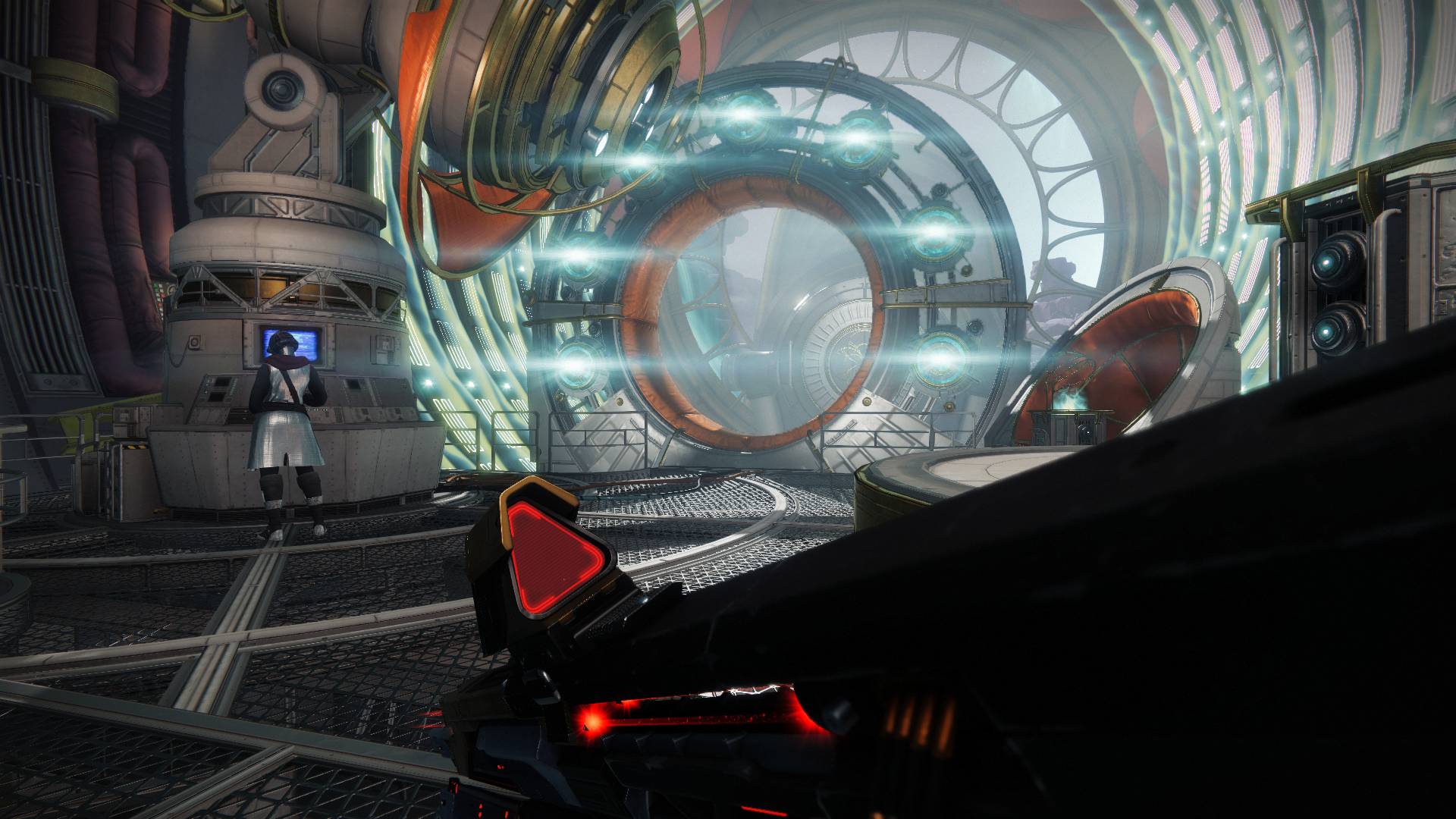 Guide
GuideHow to complete the Destiny 2 Explore Kepler: Fabled quest
By Ryan Gilliam Published
-
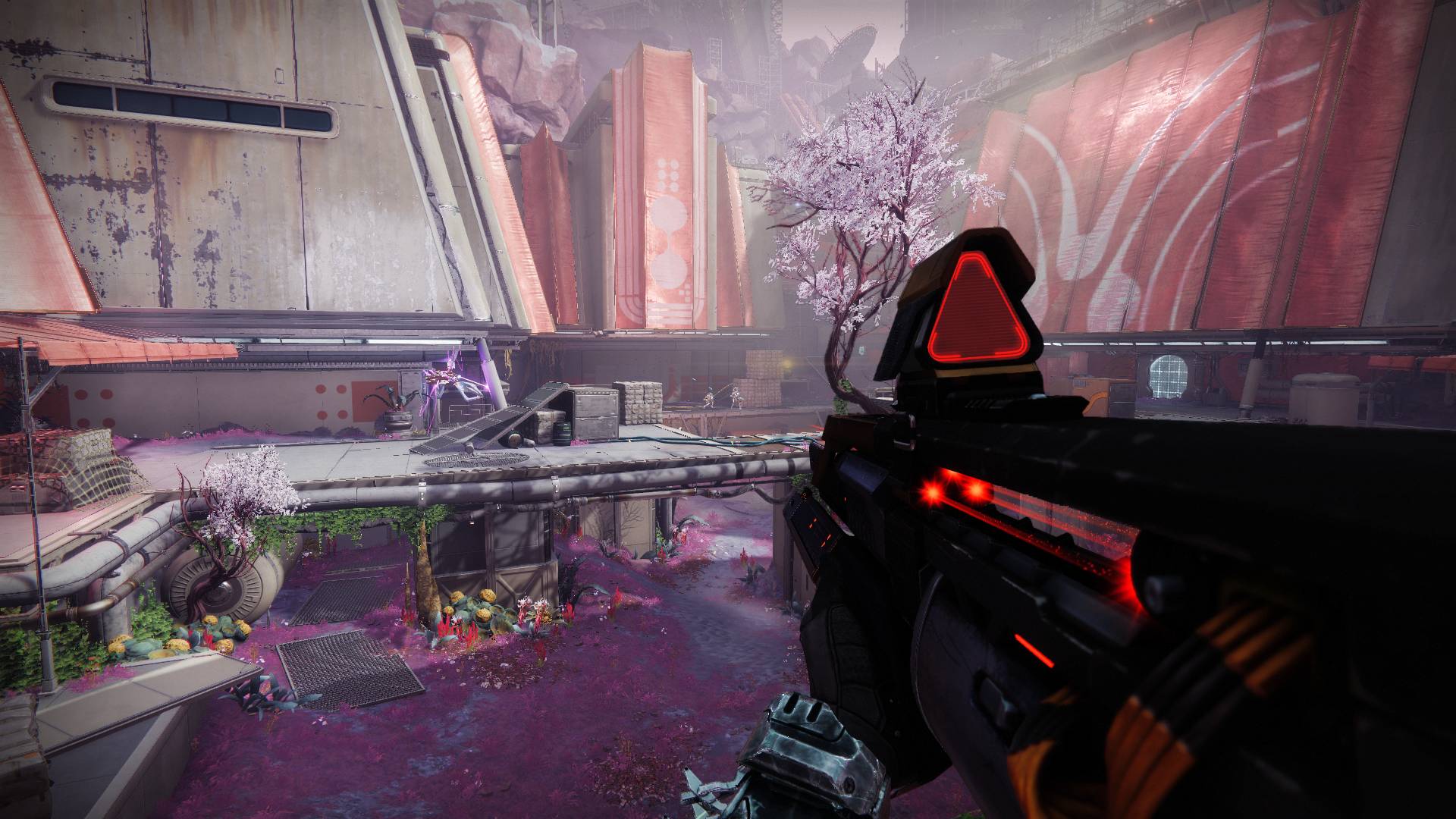 Guide
GuideHow to complete the Destiny 2 Vessel of the Nine quest
By Ryan Gilliam Published
-
 Guide
GuideHow to complete the Destiny 2 Graviton Through the Ages Exotic Quest
By Ryan Gilliam Published
-
 News
News"If I had stayed with Valve, I would have been able to retire by now": OG Counter-Strike co-creator 'Gooseman' "kind of regrets" leaving Valve, says he "made some poor business decisions" but grew as a dev
By Austin Wood Published
-
Explore FPS Games
Call of Duty
-
-
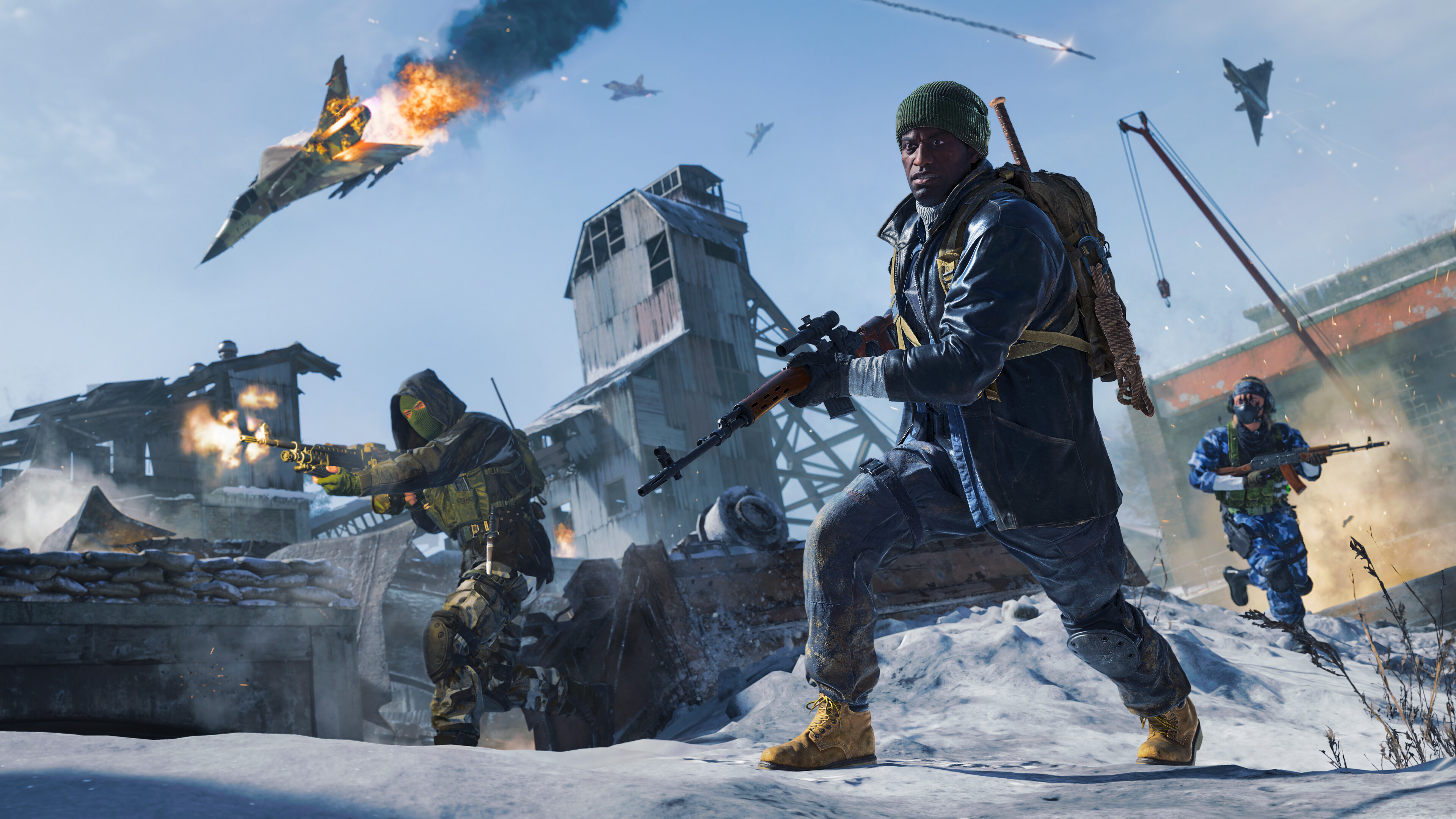 Best
BestThe 10 best Call of Duty games of all-time
By Sam Loveridge Last updated
-
 Guide
GuideCall of Duty: Black Ops 7 – Everything we know so far about the upcoming shooter
By Fran Ruiz Published
-
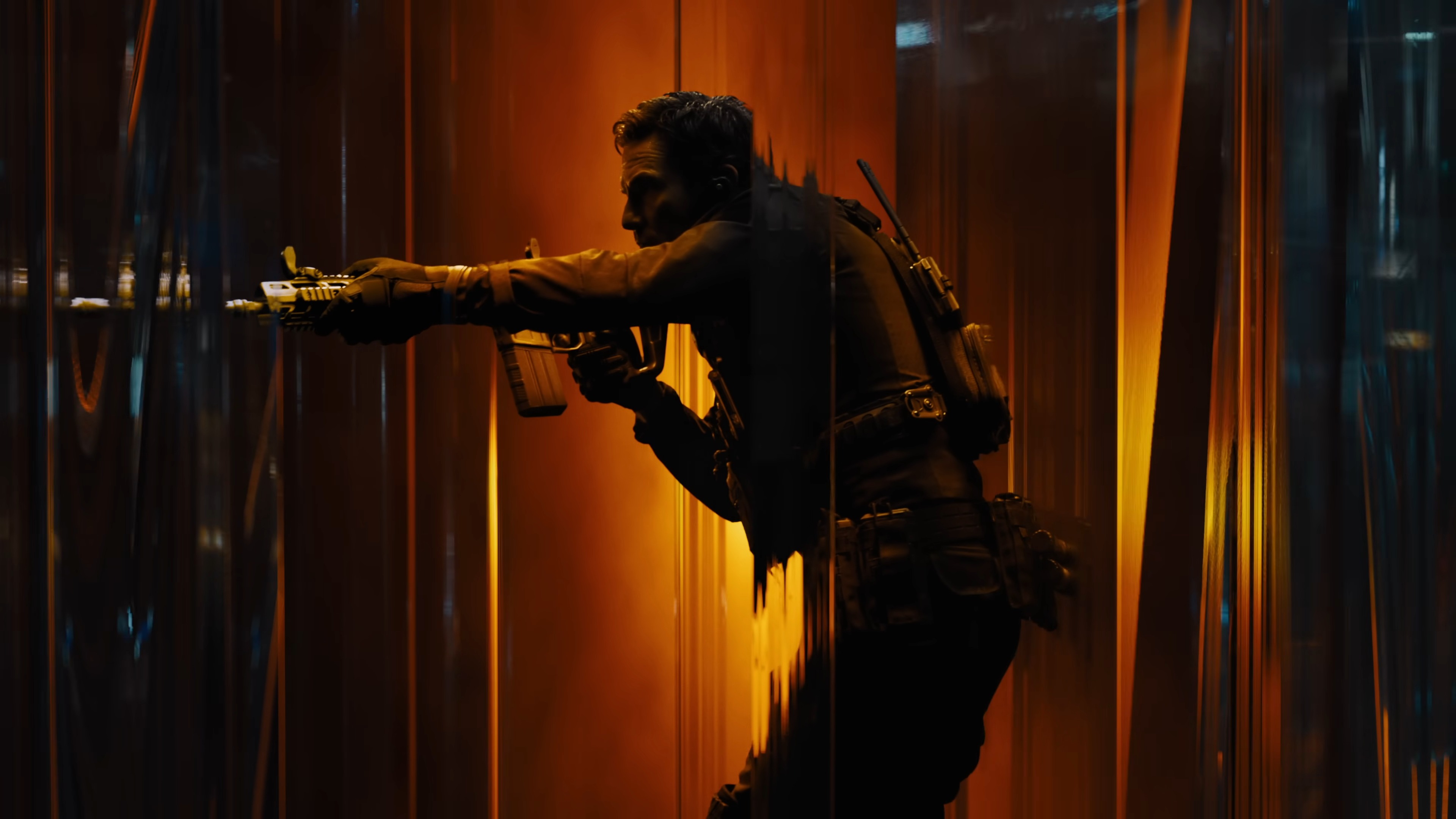 News
NewsCall of Duty: Black Ops 7 announced: the first consecutive release in the series gets a 2025 release window, is set 40 years after Black Ops 6, and brings back campaign co-op
By Josh West Published
-
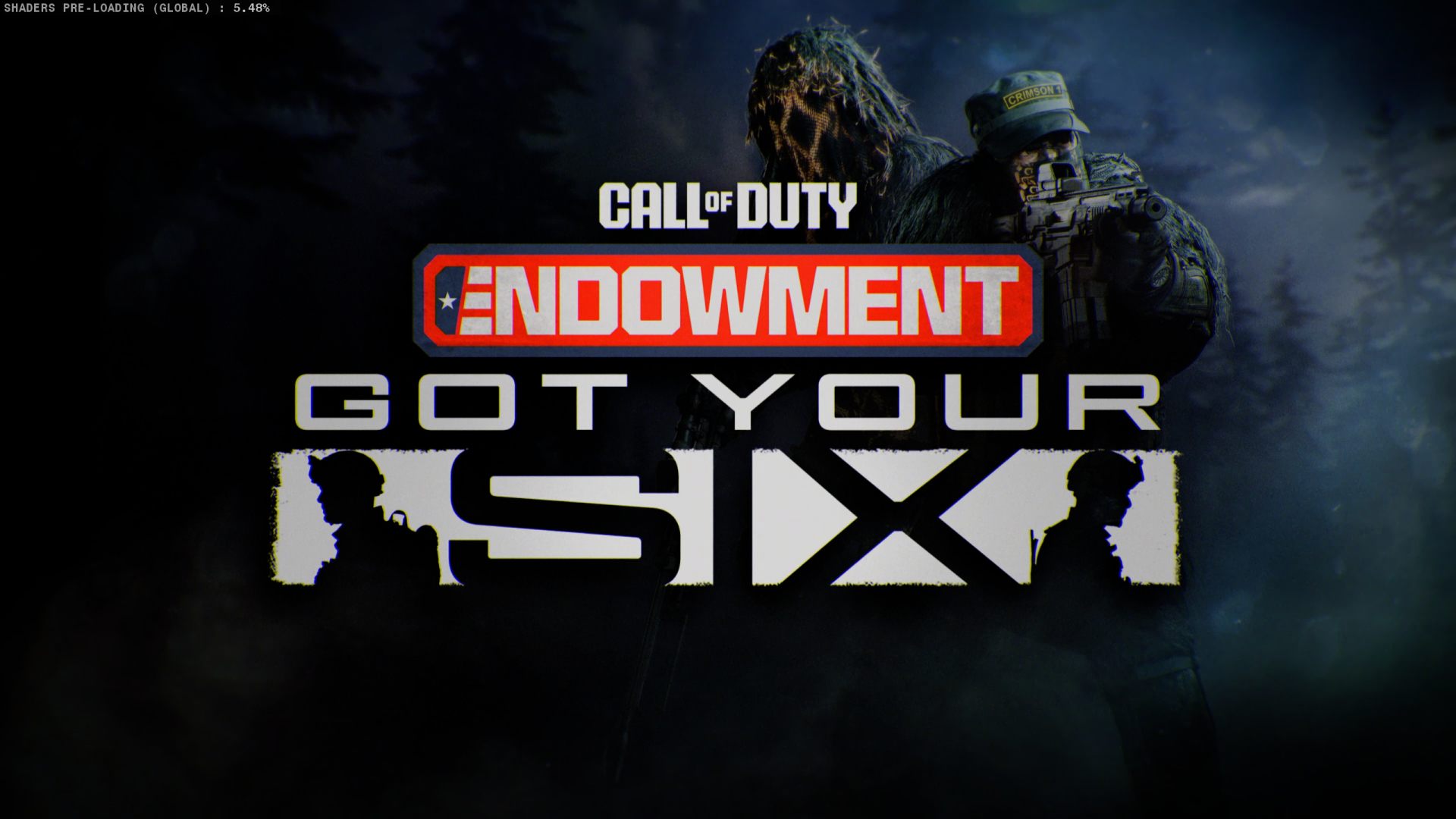 Guide
GuideCall of Duty CODE: Got Your Six event and rewards explained
By Diego Perez Published
-
 Guide
GuideCall of Duty Blaze of Glory event and rewards explained
By Diego Perez Last updated
-
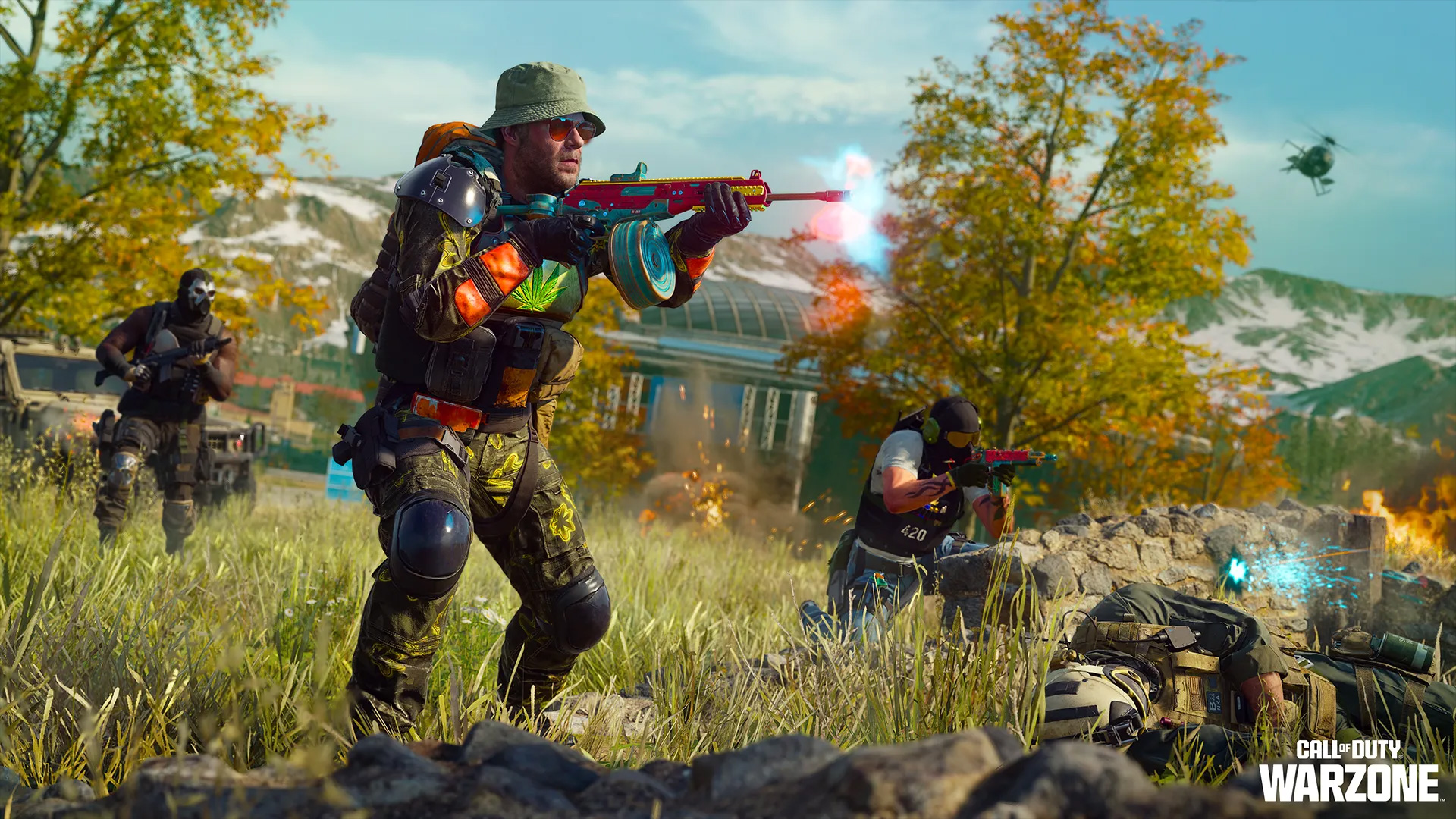 Guide
GuideCall of Duty High Art event and rewards explained
By Diego Perez Published
-
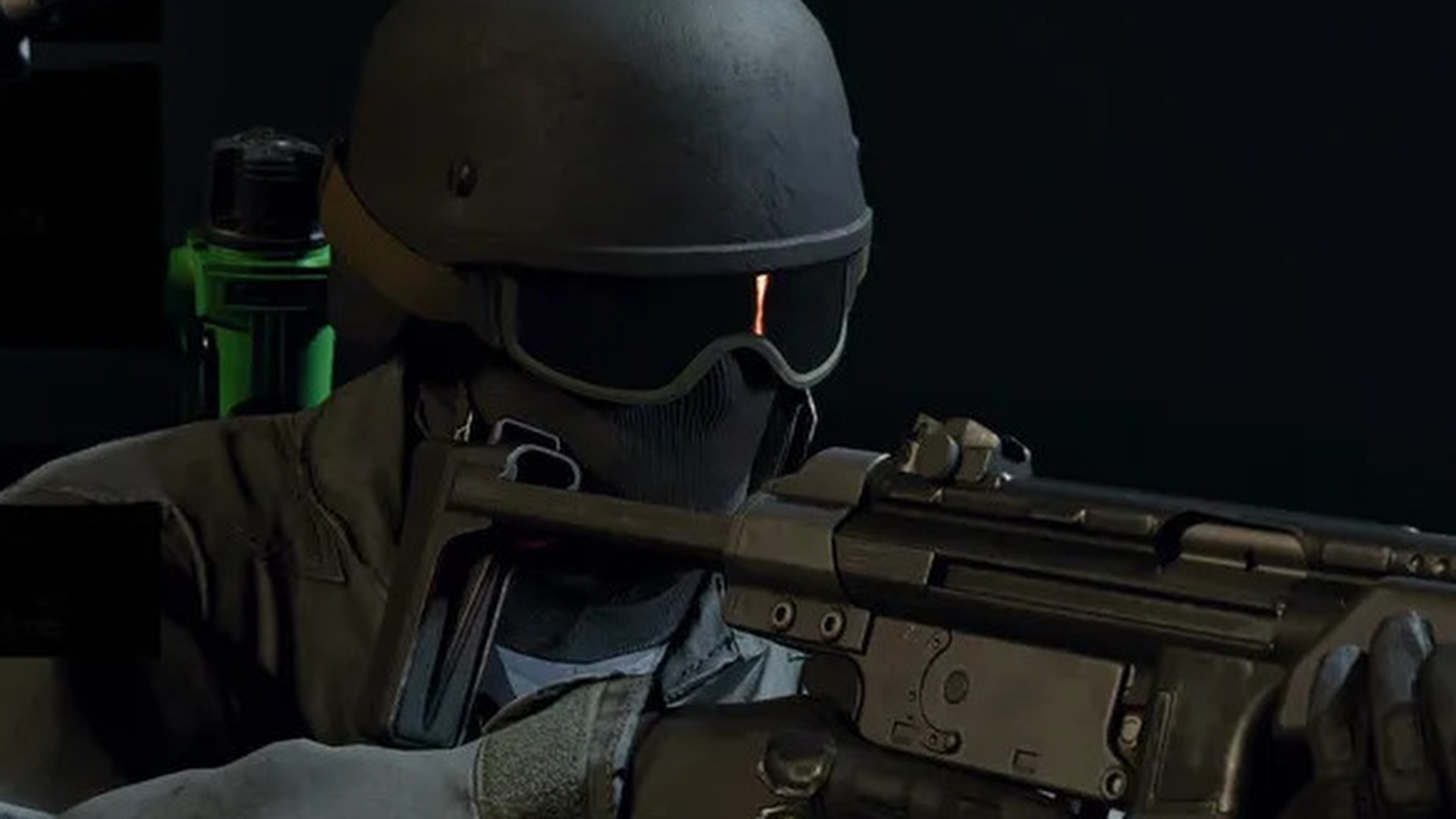 Guide
GuideCall of Duty Black Ops Tribute event and rewards explained
By Diego Perez Last updated
-
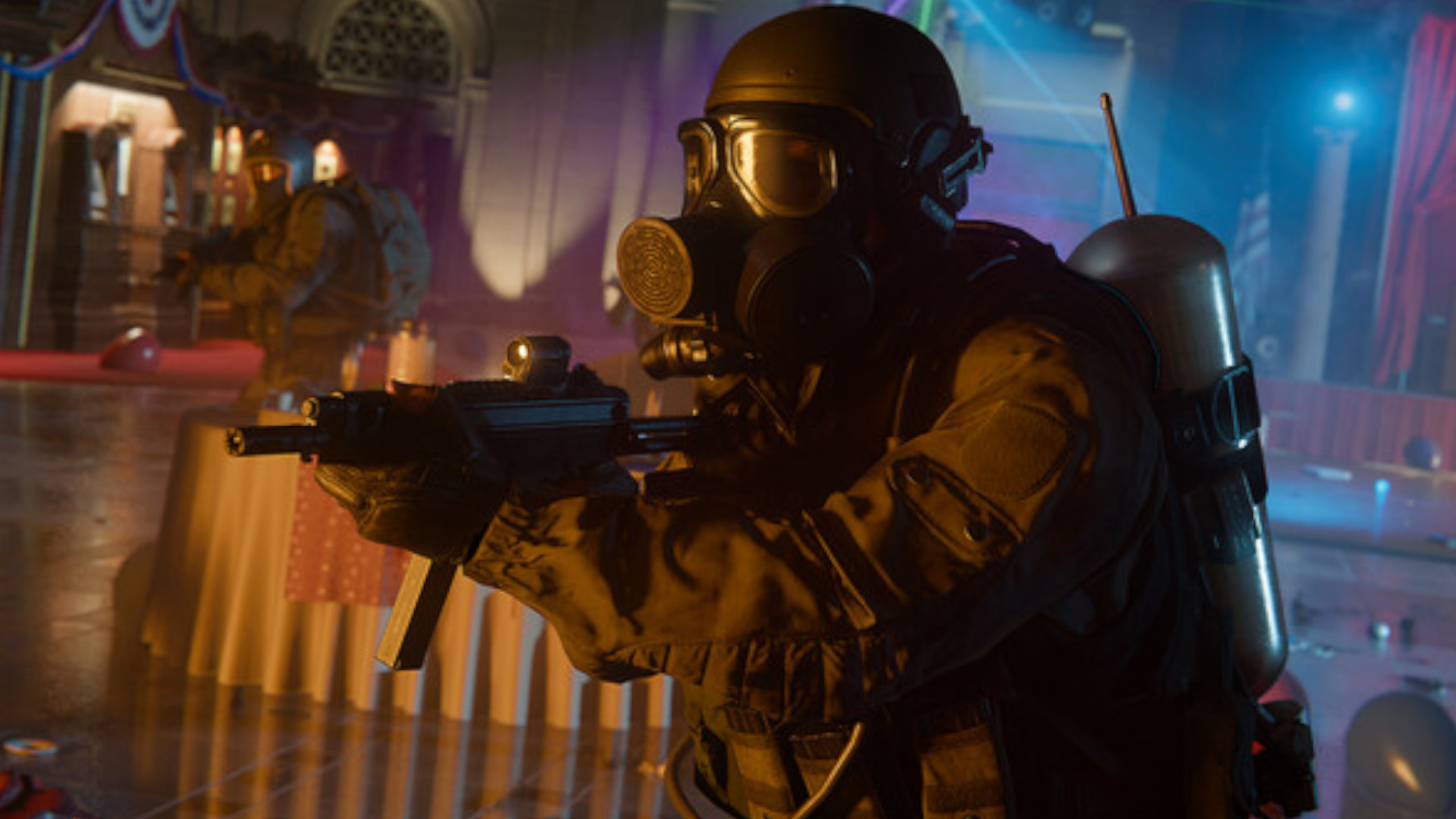 News
NewsCall of Duty season 2 brings back Gun Game and a fan-favorite Zombies weapon we haven't seen in 10 years
By Jordan Gerblick Published
-
 News
News136,000 Call of Duty accounts have gotten banned since ranked launched for Black Ops 6: "We’re not slowing down in our mission to shut down cheaters"
By Dustin Bailey Published
-
Destiny
-
-
 News
NewsBungie says "we never intend to ship 'stealth nerfs' in Destiny 2" as Edge of Fate players find unmentioned changes: "We would be completely out of our minds if we thought we could slip something under the rug without players noticing"
By Austin Wood Published
-
 News
NewsI always like gunplay builds in RPGs like Fallout or The Outer Worlds, but Destiny 2's new "Weapons" stat feels wrong for an MMO, and I'm not the only one who seems to hate it
By Austin Wood Last updated
-
 Guide
GuideHow to complete the Destiny 2 Explore Kepler: Fabled quest
By Ryan Gilliam Published
-
 Guide
GuideHow to complete the Destiny 2 Vessel of the Nine quest
By Ryan Gilliam Published
-
 Guide
GuideHow to complete the Destiny 2 Graviton Through the Ages Exotic Quest
By Ryan Gilliam Published
-
 Guide
GuideDestiny 2 Dark Academia quest walkthrough
By Ryan Gilliam Published
-
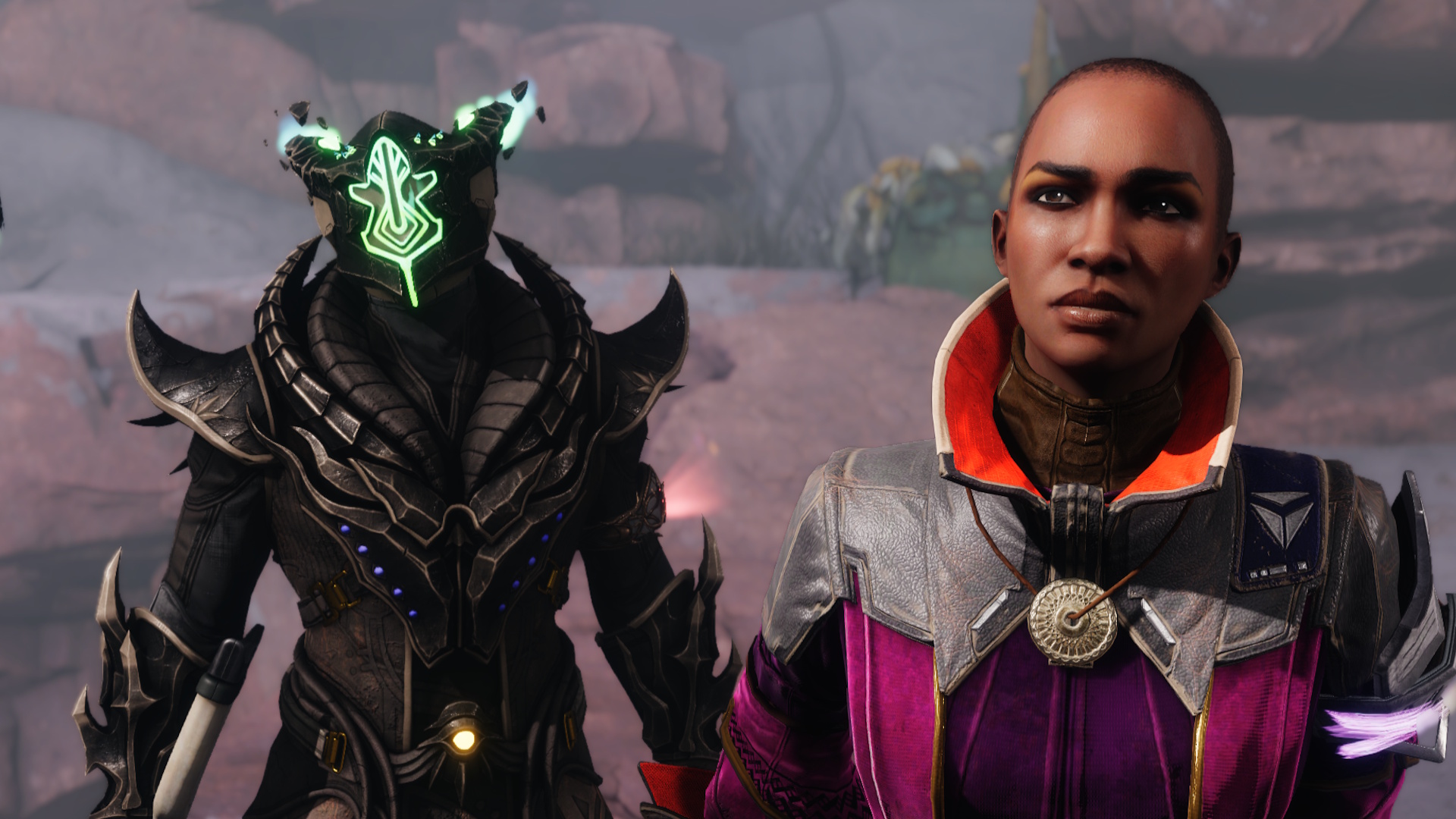 News
NewsFor years a new Destiny 2 expansion guaranteed 300k+ concurrent players on Steam, but Edge of Fate is struggling to hit 100k
By Austin Wood Published
-
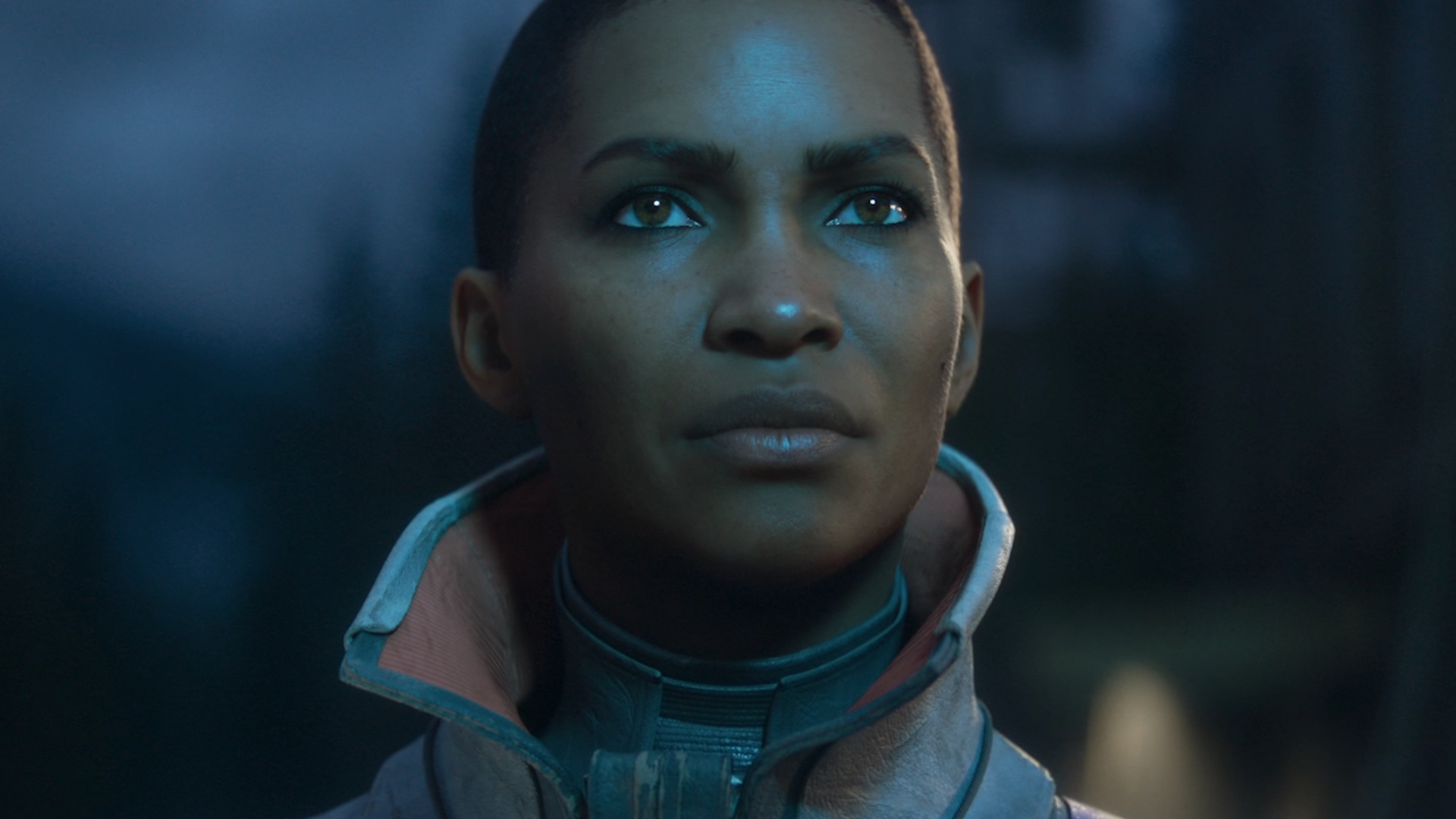 News
NewsIt's not just you: Destiny 2 Edge of Fate changed Ikora's voice actor and others, Bungie affirms, but the studio is "actively re-recording lines for affected characters" with original VAs
By Austin Wood Published
-
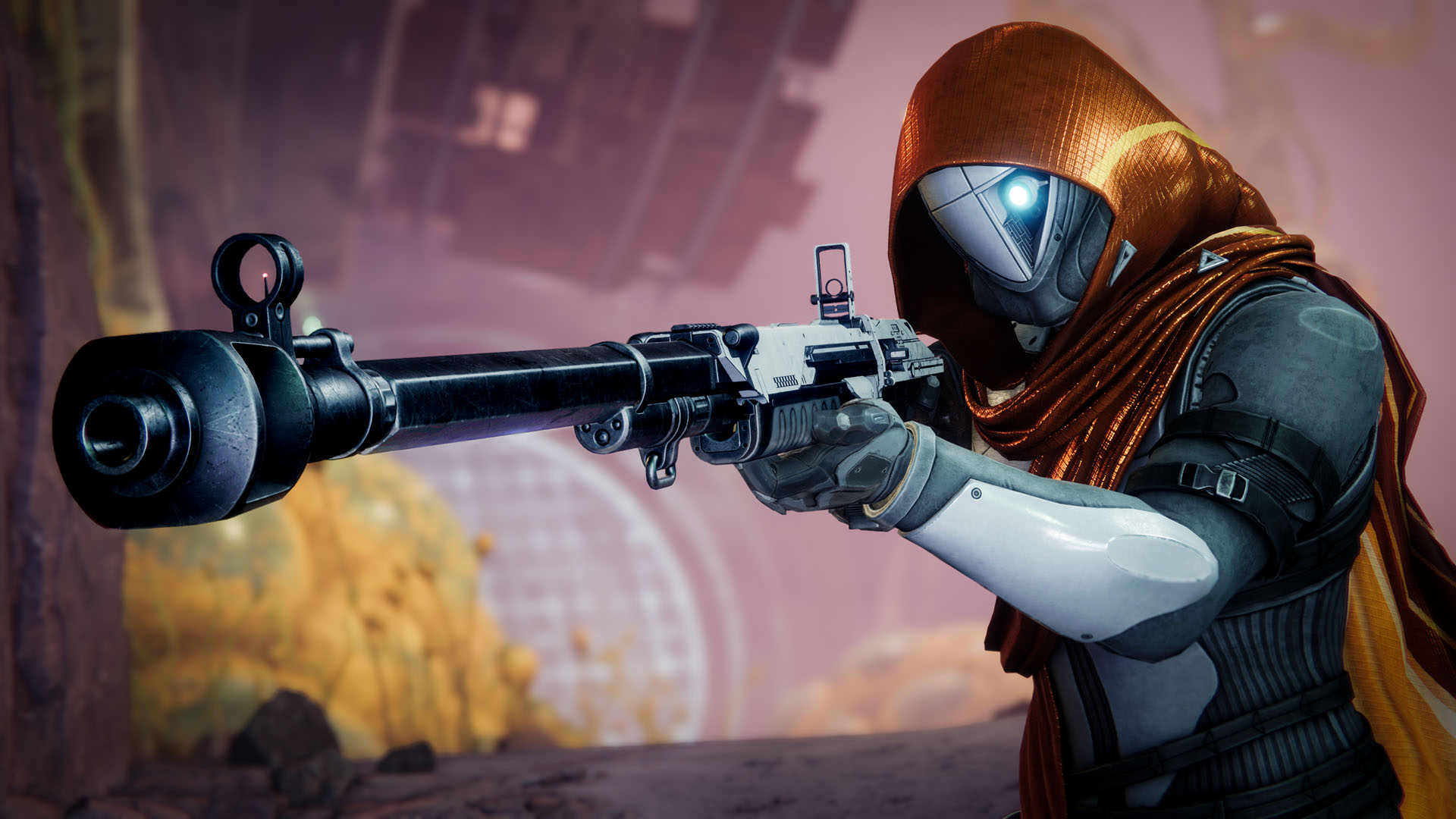 News
NewsAs a 10-year player I'm kind of scared of the Destiny 2: Edge of Fate patch notes, which might be a Bungie record for new currencies and MMO loot MacGuffins
By Austin Wood Published
-
Far Cry
-
-
 News
NewsEx-Assassin's Creed and Far Cry lead describes making landscapes in a way that sounds an awful lot like a Shrek metaphor: "It becomes like an onion skin, where we think outwards"
By Scott McCrae Published
-
 News
NewsFar Cry 4 lead reveals a cut idea for enemy camps that would have completely changed the story: "I think that's where the fun of the whole genre might lie"
By Kaan Serin Published
-
 News
NewsOver 10 years since launch, Far Cry 4 reportedly censors nudity in a new PC patch, and Ubisoft hasn't explained why
By Catherine Lewis Published
-
 News
NewsUbisoft reaches deal with Tencent to create $4.3 billion mini-Ubisoft subsidiary to "spearhead development" on new Assassin's Creed, Far Cry, and Rainbow Six games
By Dustin Bailey Published
-
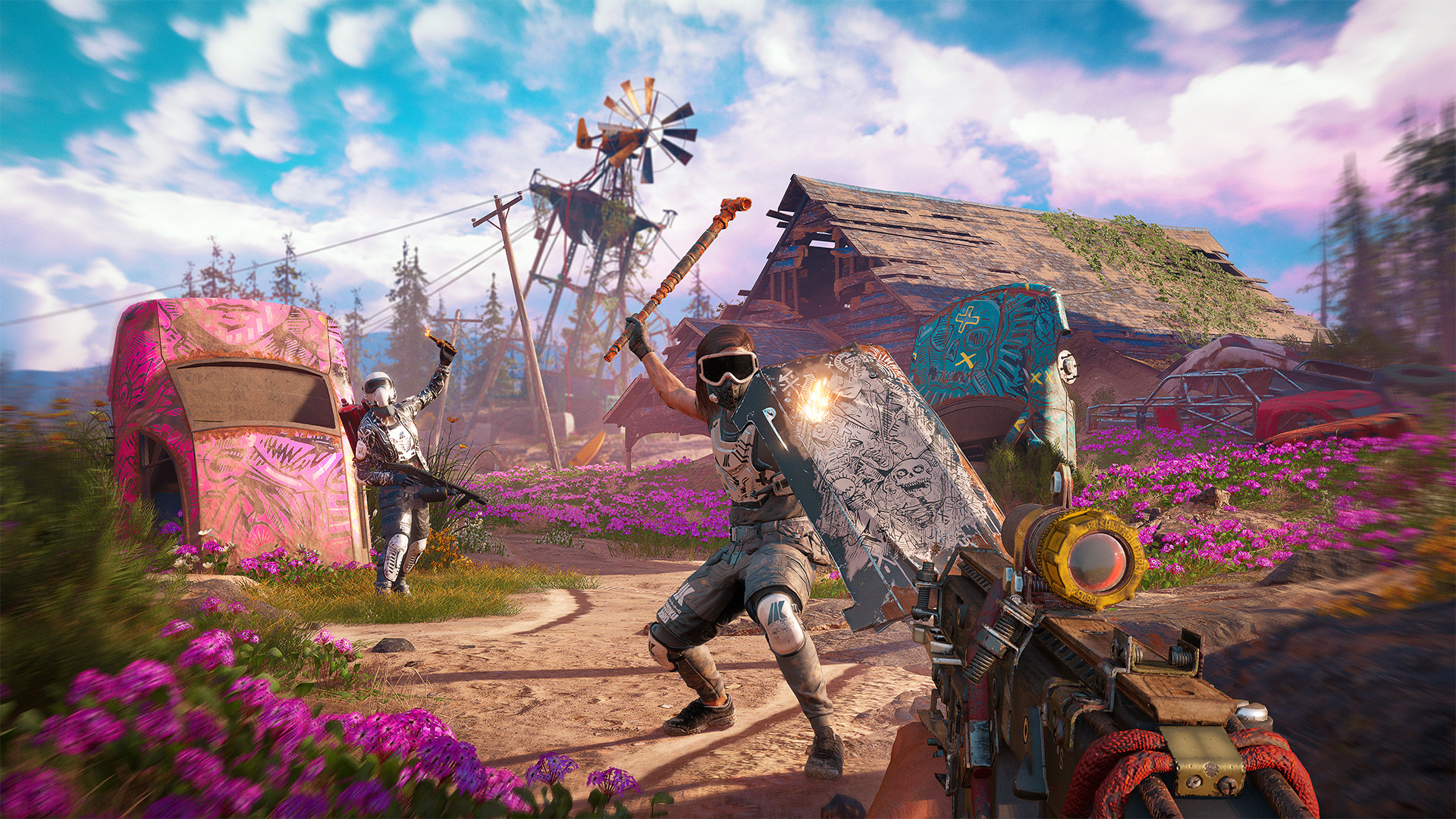 Now Playing
Now PlayingWith no Far Cry 7 in sight, I'm glad the FPS' best spin-off sequel just landed on Xbox Game Pass
By Jasmine Gould-Wilson Published
-
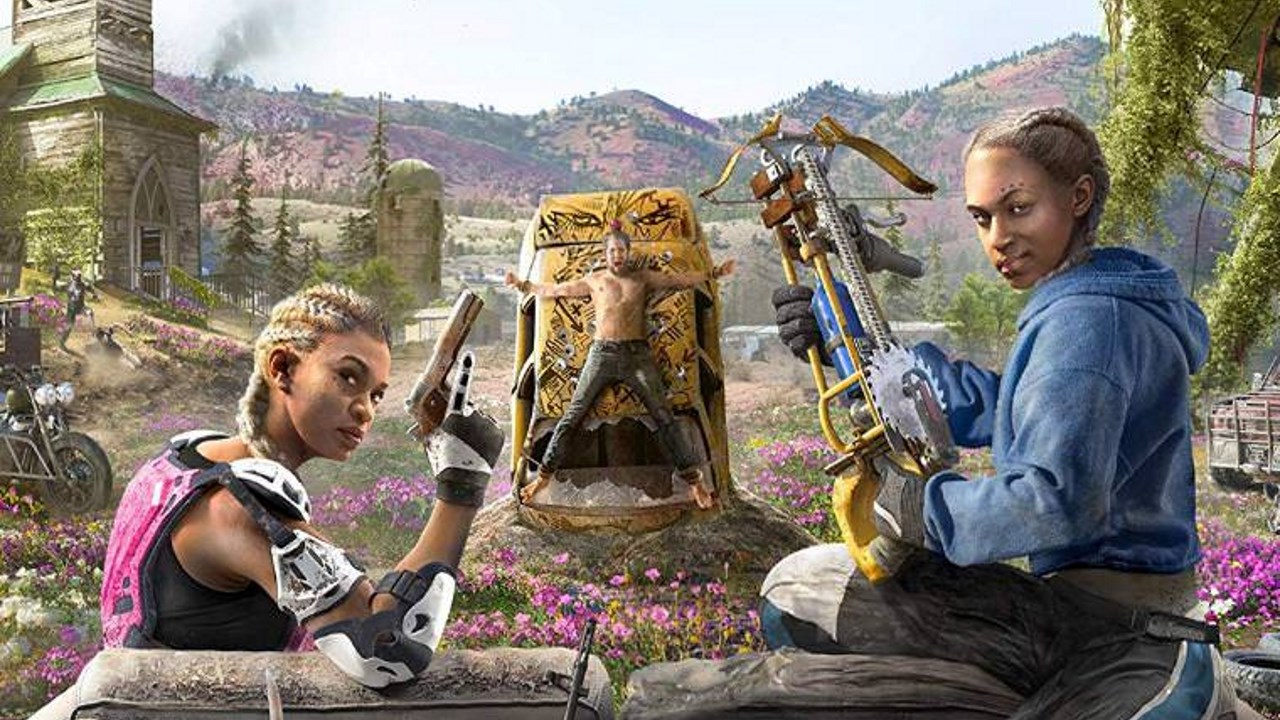 news
news6 years later, Far Cry New Dawn is getting a 60 FPS update on Xbox Series X and PS5, and the way it was revealed is sending me: "Well… this wasn’t how we planned to announce this"
By Jordan Gerblick Published
-
 News
NewsFree Far Cry 6 update adds new game plus and collectible trackers ahead of unhinged alien DLC
By Dustin Bailey Published
-

Far Cry 6's Lost Between Worlds expansion reveal stream announced
By Vikki Blake Published
-
 News
NewsFar Cry 6 'Game of the Year' edition leaks with expansion
By Hope Bellingham Published
-
Halo
-
-
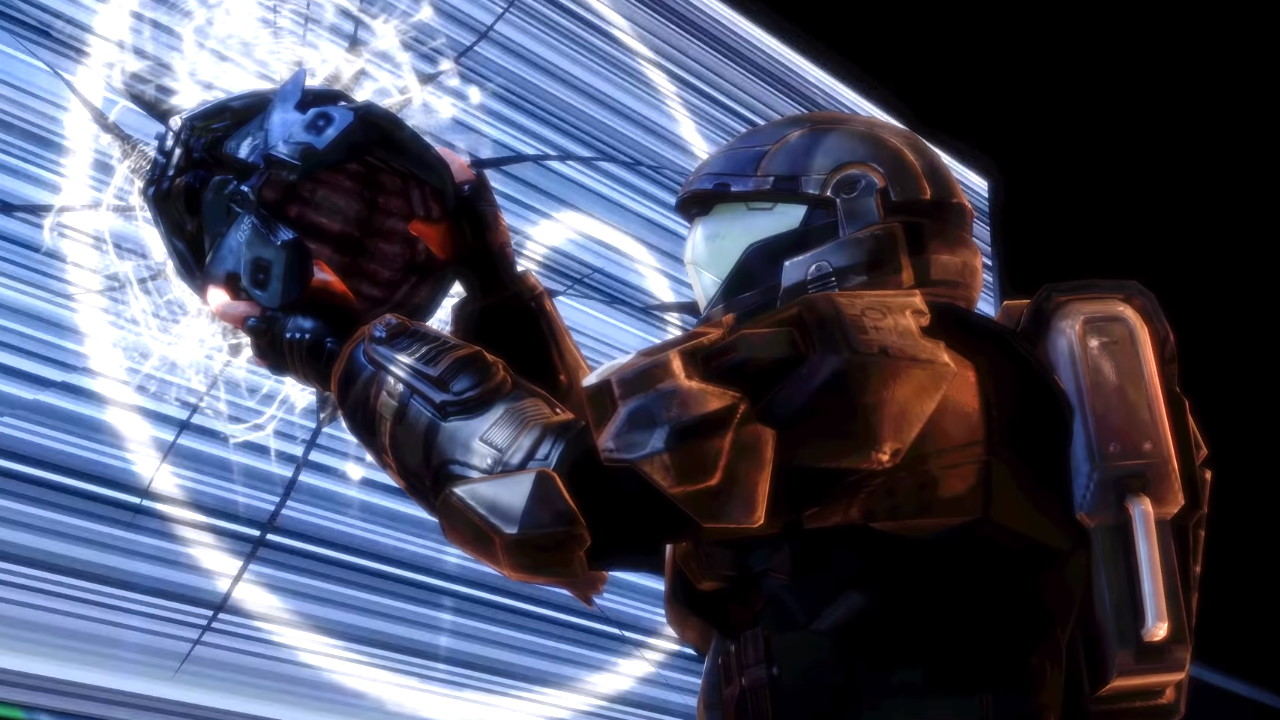 News
NewsWith Helldivers 2 coming to Xbox, hopium for a Halo crossover is at an all-time high even if some divers are really against the idea
By Kaan Serin Published
-
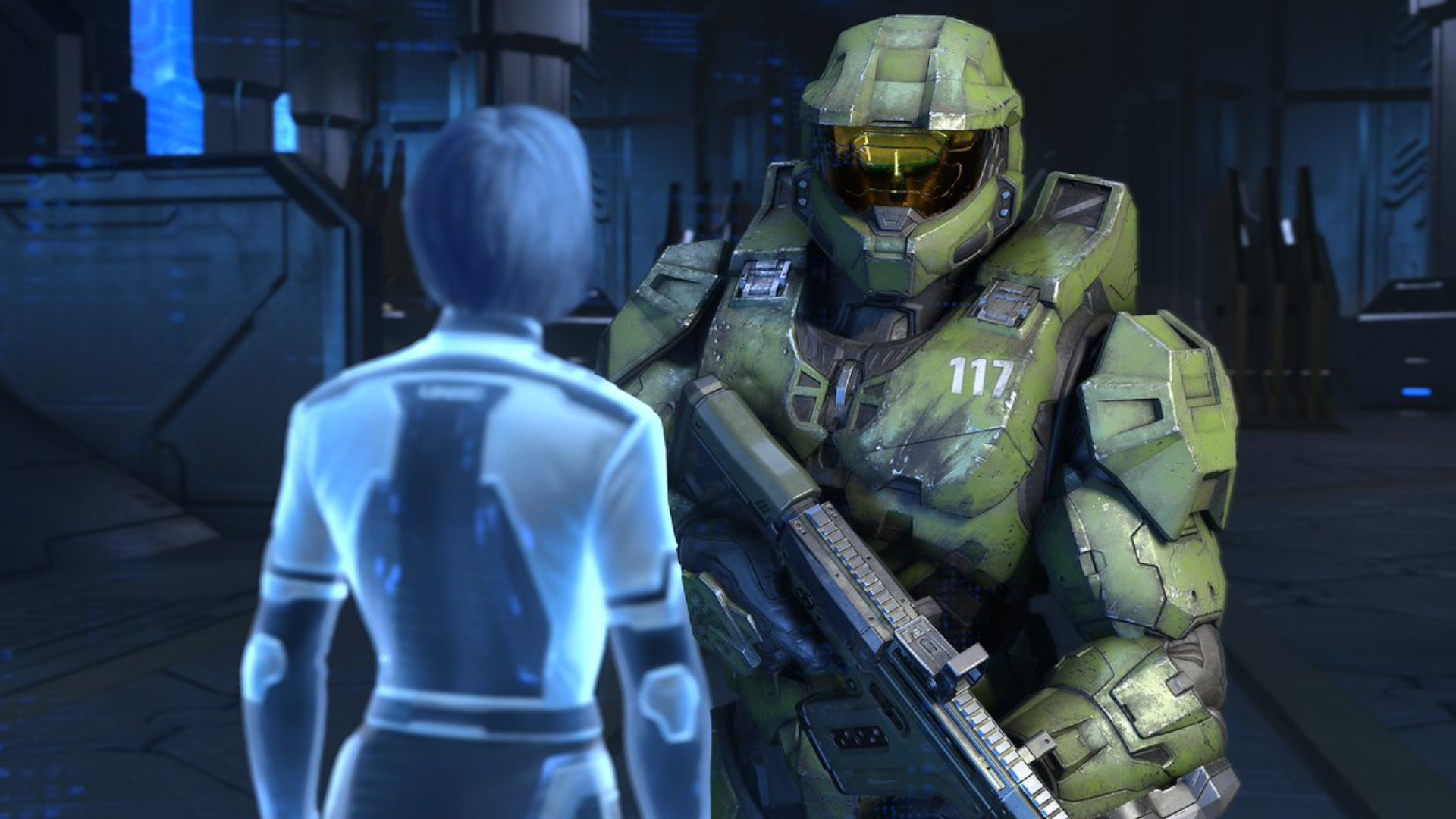 News
NewsHalo fan game that blends the iconic FPS with Vampire Survivors gets seal of approval from Halo Studios: "Really love to see the passion you and your team have poured into this"
By Scott McCrae Published
-
 Best list
Best listThe 10 best Halo games of all time
By Dave Meikleham Last updated
-
 News
NewsHalo dataminers uncover evidence of a PS5 release coming, days after Phil Spencer hinted at the return of "a classic that's been with us since the beginning"
By Scott McCrae Published
-
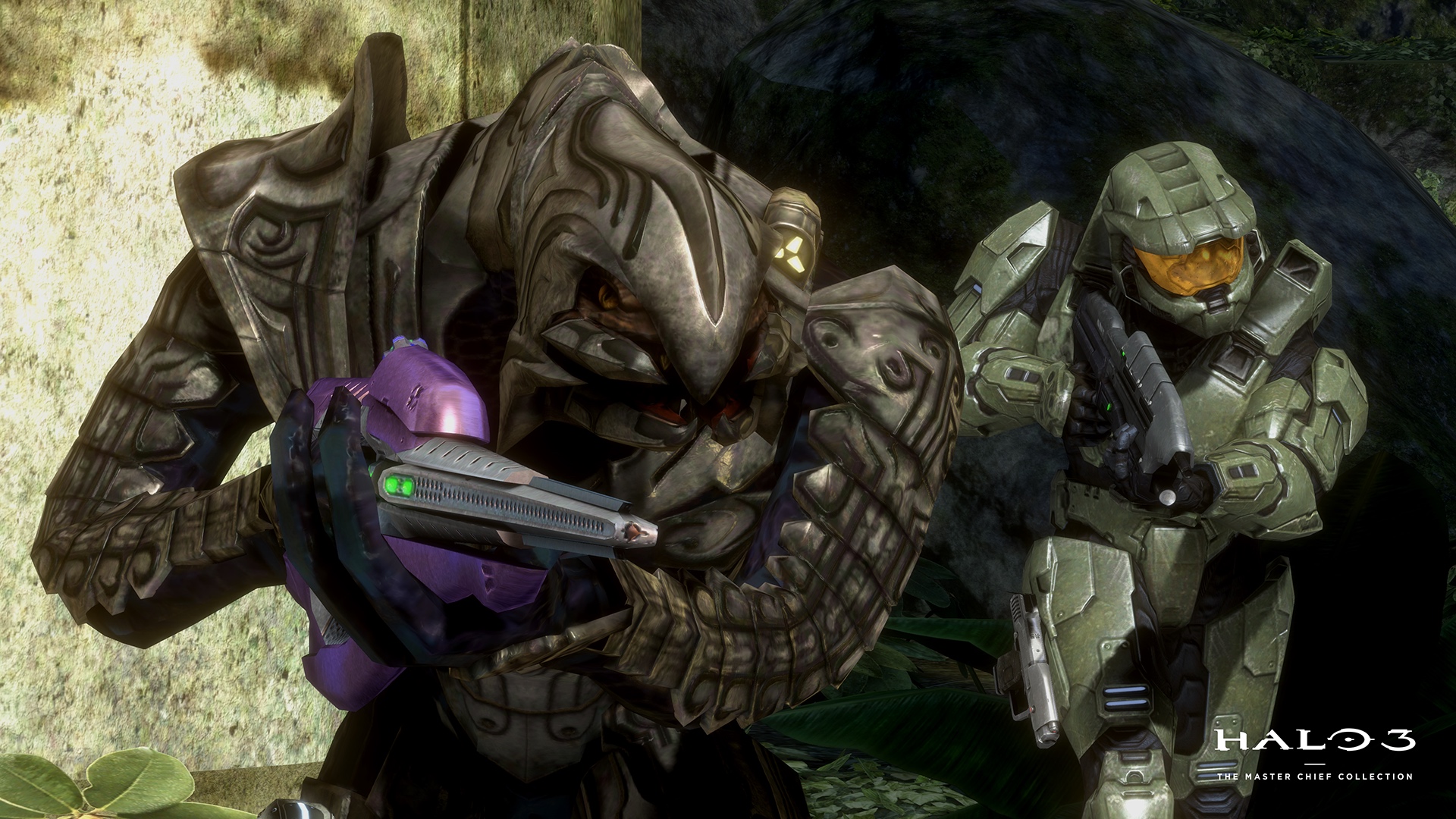 News
NewsHalo 3 streamers claim a world record by beating the game's near-impossible LASO challenge in only 4 hours without dying once
By Kaan Serin Published
-
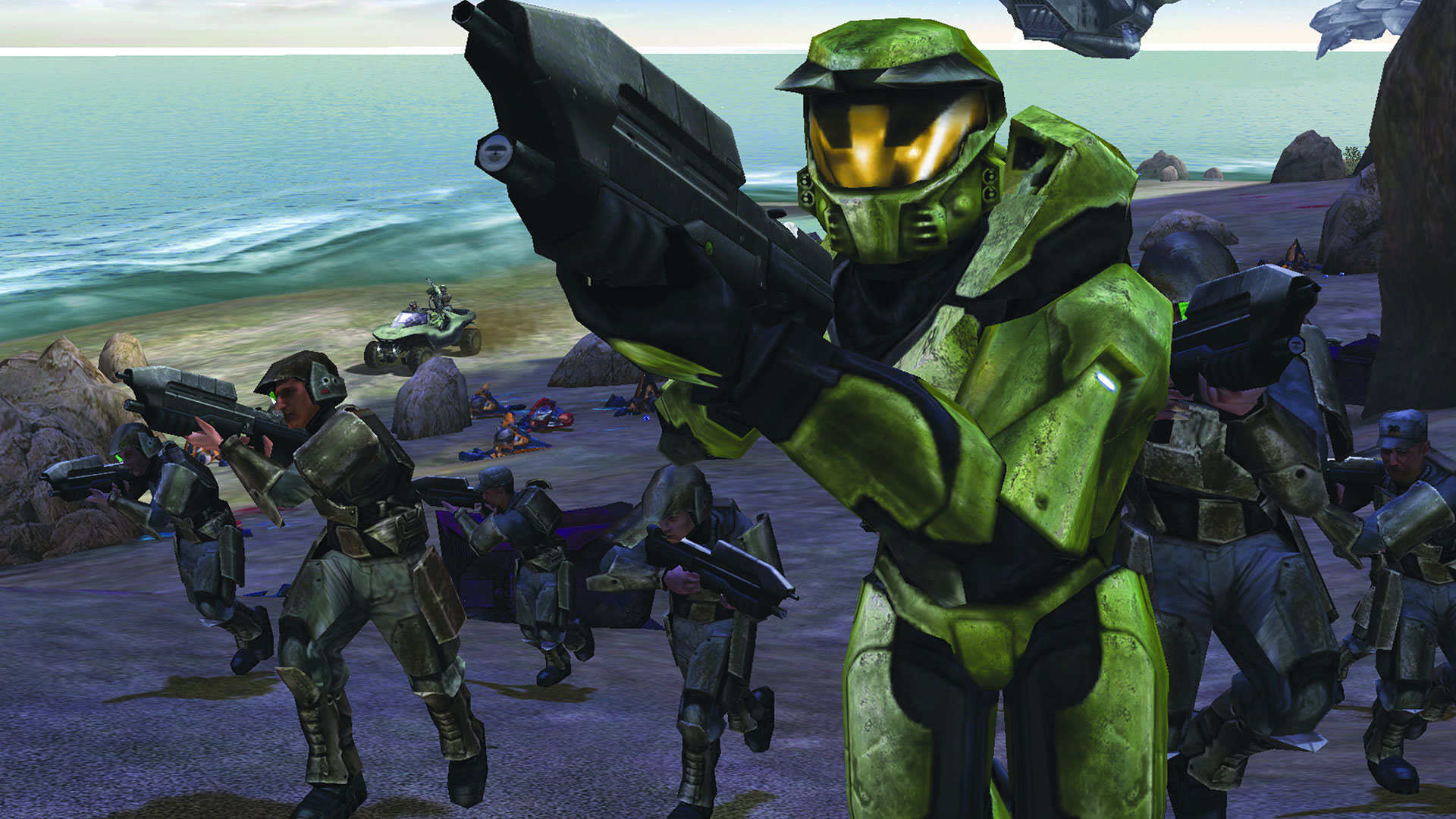 News
NewsMicrosoft said "'Nah'" to the Halo x Doom crossover pitched for Amazon's Secret Level, but I'm crossing my fingers for Season 2
By Kaan Serin Published
-
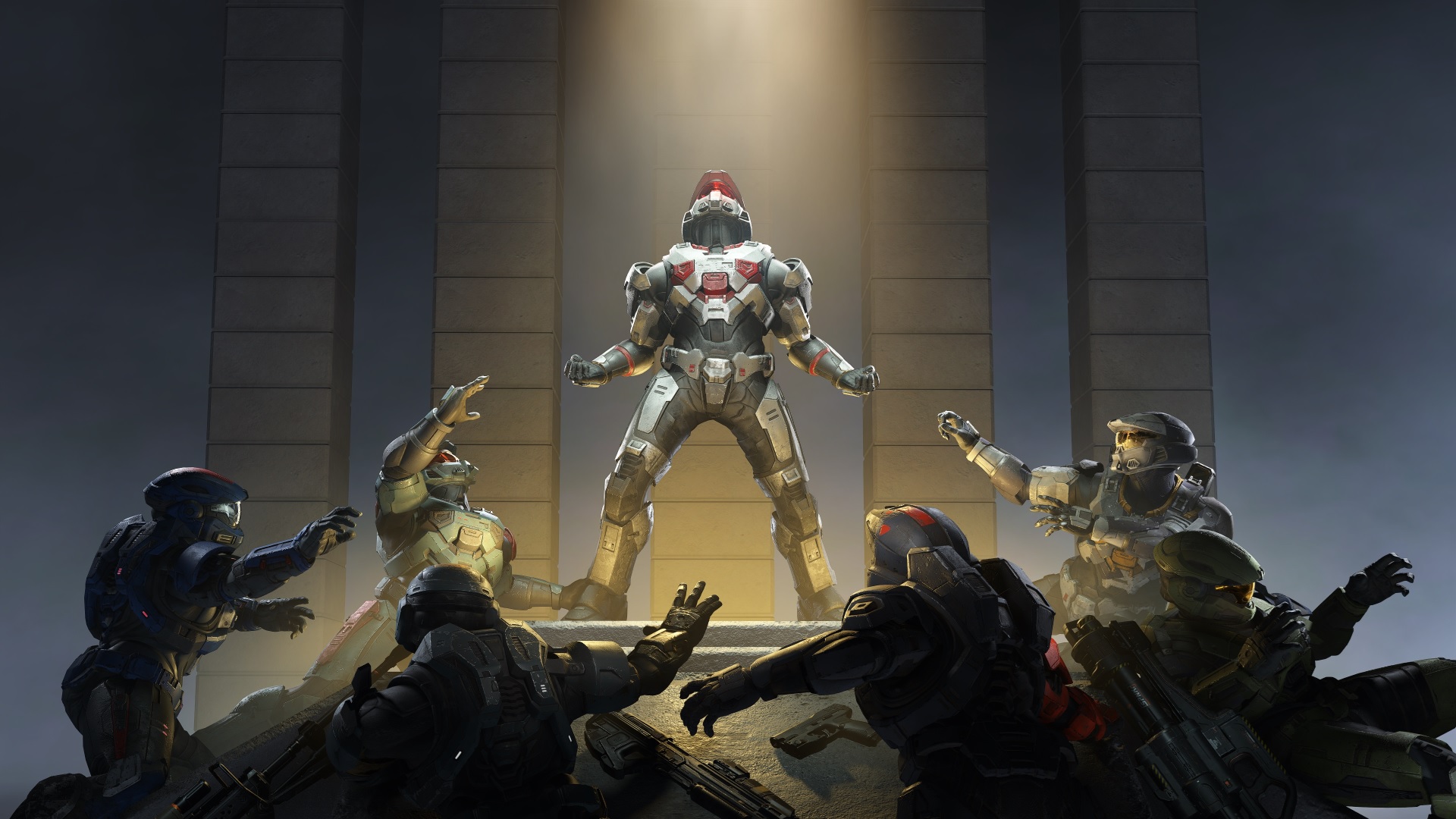 News
NewsWith Concord in the rearview, Halo Infinite dev is glad it's still kicking "in a climate where games can be shut down with little notice"
By Kaan Serin Published
-
 News
NewsAlmost 100GB of classic Halo content has leaked online, including the 1999 demo from when the legendary FPS was in third person
By Kaan Serin Published
-
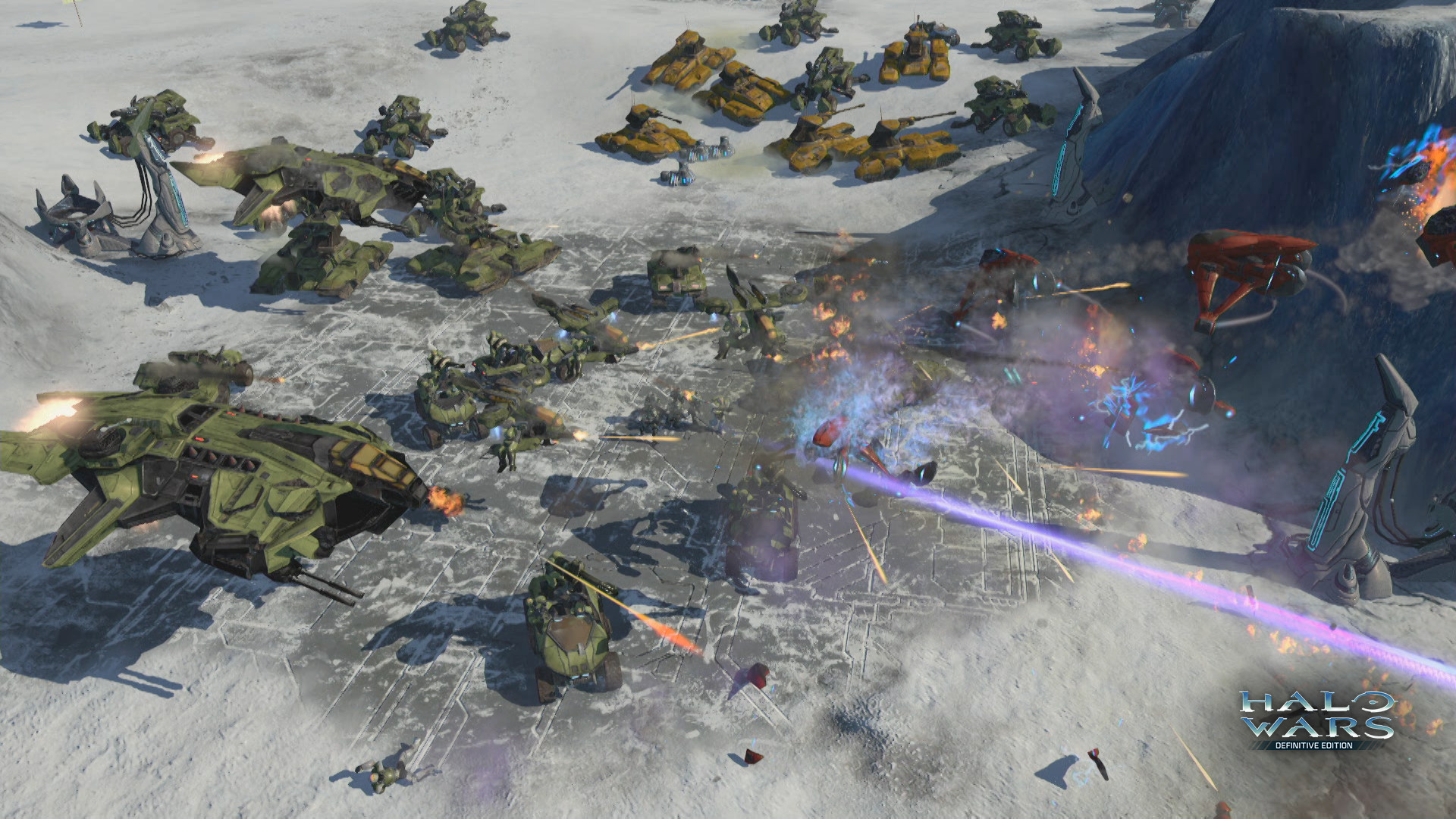 News
NewsMaster Chief's absence from Halo Wars wasn't Bungie's fault, it was a move to make players "care about everybody else" in the RTS
By Jasmine Gould-Wilson Published
-
Mobile FPS Games
-
-
 News
NewsBungie says "we never intend to ship 'stealth nerfs' in Destiny 2" as Edge of Fate players find unmentioned changes: "We would be completely out of our minds if we thought we could slip something under the rug without players noticing"
By Austin Wood Published
-
 News
NewsEx-Assassin's Creed and Far Cry lead describes making landscapes in a way that sounds an awful lot like a Shrek metaphor: "It becomes like an onion skin, where we think outwards"
By Scott McCrae Published
-
 News
NewsI always like gunplay builds in RPGs like Fallout or The Outer Worlds, but Destiny 2's new "Weapons" stat feels wrong for an MMO, and I'm not the only one who seems to hate it
By Austin Wood Last updated
-
 Guide
GuideHow to complete the Destiny 2 Explore Kepler: Fabled quest
By Ryan Gilliam Published
-
 Guide
GuideHow to complete the Destiny 2 Vessel of the Nine quest
By Ryan Gilliam Published
-
 Guide
GuideHow to complete the Destiny 2 Graviton Through the Ages Exotic Quest
By Ryan Gilliam Published
-
 News
News"If I had stayed with Valve, I would have been able to retire by now": OG Counter-Strike co-creator 'Gooseman' "kind of regrets" leaving Valve, says he "made some poor business decisions" but grew as a dev
By Austin Wood Published
-
 Guide
GuideDestiny 2 Dark Academia quest walkthrough
By Ryan Gilliam Published
-
 News
NewsFor years a new Destiny 2 expansion guaranteed 300k+ concurrent players on Steam, but Edge of Fate is struggling to hit 100k
By Austin Wood Published
-
Nintendo FPS Games
-
-
 News
NewsBungie says "we never intend to ship 'stealth nerfs' in Destiny 2" as Edge of Fate players find unmentioned changes: "We would be completely out of our minds if we thought we could slip something under the rug without players noticing"
By Austin Wood Published
-
 News
NewsEx-Assassin's Creed and Far Cry lead describes making landscapes in a way that sounds an awful lot like a Shrek metaphor: "It becomes like an onion skin, where we think outwards"
By Scott McCrae Published
-
 News
NewsI always like gunplay builds in RPGs like Fallout or The Outer Worlds, but Destiny 2's new "Weapons" stat feels wrong for an MMO, and I'm not the only one who seems to hate it
By Austin Wood Last updated
-
 Guide
GuideHow to complete the Destiny 2 Explore Kepler: Fabled quest
By Ryan Gilliam Published
-
 Guide
GuideHow to complete the Destiny 2 Vessel of the Nine quest
By Ryan Gilliam Published
-
 Guide
GuideHow to complete the Destiny 2 Graviton Through the Ages Exotic Quest
By Ryan Gilliam Published
-
 News
News"If I had stayed with Valve, I would have been able to retire by now": OG Counter-Strike co-creator 'Gooseman' "kind of regrets" leaving Valve, says he "made some poor business decisions" but grew as a dev
By Austin Wood Published
-
 Guide
GuideDestiny 2 Dark Academia quest walkthrough
By Ryan Gilliam Published
-
 News
NewsFor years a new Destiny 2 expansion guaranteed 300k+ concurrent players on Steam, but Edge of Fate is struggling to hit 100k
By Austin Wood Published
-
PC FPS Games
-
-
 News
NewsBungie says "we never intend to ship 'stealth nerfs' in Destiny 2" as Edge of Fate players find unmentioned changes: "We would be completely out of our minds if we thought we could slip something under the rug without players noticing"
By Austin Wood Published
-
 News
NewsEx-Assassin's Creed and Far Cry lead describes making landscapes in a way that sounds an awful lot like a Shrek metaphor: "It becomes like an onion skin, where we think outwards"
By Scott McCrae Published
-
 News
NewsI always like gunplay builds in RPGs like Fallout or The Outer Worlds, but Destiny 2's new "Weapons" stat feels wrong for an MMO, and I'm not the only one who seems to hate it
By Austin Wood Last updated
-
 Guide
GuideHow to complete the Destiny 2 Explore Kepler: Fabled quest
By Ryan Gilliam Published
-
 Guide
GuideHow to complete the Destiny 2 Vessel of the Nine quest
By Ryan Gilliam Published
-
 Guide
GuideHow to complete the Destiny 2 Graviton Through the Ages Exotic Quest
By Ryan Gilliam Published
-
 News
News"If I had stayed with Valve, I would have been able to retire by now": OG Counter-Strike co-creator 'Gooseman' "kind of regrets" leaving Valve, says he "made some poor business decisions" but grew as a dev
By Austin Wood Published
-
 Guide
GuideDestiny 2 Dark Academia quest walkthrough
By Ryan Gilliam Published
-
 News
NewsFor years a new Destiny 2 expansion guaranteed 300k+ concurrent players on Steam, but Edge of Fate is struggling to hit 100k
By Austin Wood Published
-
Playstation FPS Games
-
-
 News
NewsBungie says "we never intend to ship 'stealth nerfs' in Destiny 2" as Edge of Fate players find unmentioned changes: "We would be completely out of our minds if we thought we could slip something under the rug without players noticing"
By Austin Wood Published
-
 News
NewsEx-Assassin's Creed and Far Cry lead describes making landscapes in a way that sounds an awful lot like a Shrek metaphor: "It becomes like an onion skin, where we think outwards"
By Scott McCrae Published
-
 News
NewsI always like gunplay builds in RPGs like Fallout or The Outer Worlds, but Destiny 2's new "Weapons" stat feels wrong for an MMO, and I'm not the only one who seems to hate it
By Austin Wood Last updated
-
 Guide
GuideHow to complete the Destiny 2 Explore Kepler: Fabled quest
By Ryan Gilliam Published
-
 Guide
GuideHow to complete the Destiny 2 Vessel of the Nine quest
By Ryan Gilliam Published
-
 Guide
GuideHow to complete the Destiny 2 Graviton Through the Ages Exotic Quest
By Ryan Gilliam Published
-
 News
News"If I had stayed with Valve, I would have been able to retire by now": OG Counter-Strike co-creator 'Gooseman' "kind of regrets" leaving Valve, says he "made some poor business decisions" but grew as a dev
By Austin Wood Published
-
 Guide
GuideDestiny 2 Dark Academia quest walkthrough
By Ryan Gilliam Published
-
 News
NewsFor years a new Destiny 2 expansion guaranteed 300k+ concurrent players on Steam, but Edge of Fate is struggling to hit 100k
By Austin Wood Published
-
Xbox FPS Games
-
-
 News
NewsBungie says "we never intend to ship 'stealth nerfs' in Destiny 2" as Edge of Fate players find unmentioned changes: "We would be completely out of our minds if we thought we could slip something under the rug without players noticing"
By Austin Wood Published
-
 News
NewsEx-Assassin's Creed and Far Cry lead describes making landscapes in a way that sounds an awful lot like a Shrek metaphor: "It becomes like an onion skin, where we think outwards"
By Scott McCrae Published
-
 News
NewsI always like gunplay builds in RPGs like Fallout or The Outer Worlds, but Destiny 2's new "Weapons" stat feels wrong for an MMO, and I'm not the only one who seems to hate it
By Austin Wood Last updated
-
 Guide
GuideHow to complete the Destiny 2 Explore Kepler: Fabled quest
By Ryan Gilliam Published
-
 Guide
GuideHow to complete the Destiny 2 Vessel of the Nine quest
By Ryan Gilliam Published
-
 Guide
GuideHow to complete the Destiny 2 Graviton Through the Ages Exotic Quest
By Ryan Gilliam Published
-
 News
News"If I had stayed with Valve, I would have been able to retire by now": OG Counter-Strike co-creator 'Gooseman' "kind of regrets" leaving Valve, says he "made some poor business decisions" but grew as a dev
By Austin Wood Published
-
 Guide
GuideDestiny 2 Dark Academia quest walkthrough
By Ryan Gilliam Published
-
 News
NewsFor years a new Destiny 2 expansion guaranteed 300k+ concurrent players on Steam, but Edge of Fate is struggling to hit 100k
By Austin Wood Published
-
More about FPS Games
-
-
 News
News"If I had stayed with Valve, I would have been able to retire by now": OG Counter-Strike co-creator 'Gooseman' "kind of regrets" leaving Valve, says he "made some poor business decisions" but grew as a dev
By Austin Wood Published
-
 Guide
GuideDestiny 2 Dark Academia quest walkthrough
By Ryan Gilliam Published
-
 News
NewsFor years a new Destiny 2 expansion guaranteed 300k+ concurrent players on Steam, but Edge of Fate is struggling to hit 100k
By Austin Wood Published
-